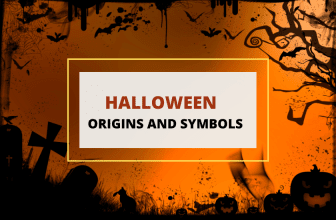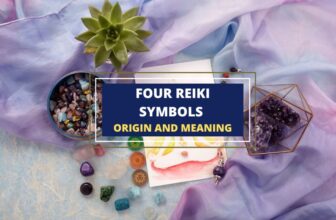
Table of Contents
Are you feeling down, discouraged, or need a boost of motivation? Look no further than these 19 symbols of perseverance! These symbols will remind you of the power of resilience and determination.
Whether facing a tough challenge or simply looking to stay inspired, these symbols will remind you of the human potential for growth and transformation. So let’s dive in and explore the power of these symbols and get ready to push through any obstacle that comes your way!
1. Sankofa
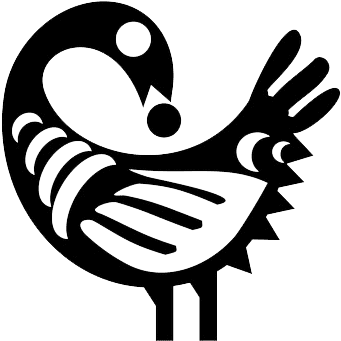
Sankofa symbolizes perseverance. It’s a symbol from the Akan people of Ghana, West Africa. The word “Sankofa” translates to “go back and fetch it,” referring to the idea of looking back to the past to move forward in the future.
The symbol depicts a bird with its head turned backward while its feet face forward, representing the importance of learning from the past while moving toward the future.
Sankofa is not limited to the Akan people of Ghana; the concept of looking back to move forward can be found in many cultures around the world.
In West African cultures, Sankofa is often used to remind people of the importance of family, community, and culture. In African American culture, the symbol represents the importance of reconnecting with African heritage and history.
2. Knots
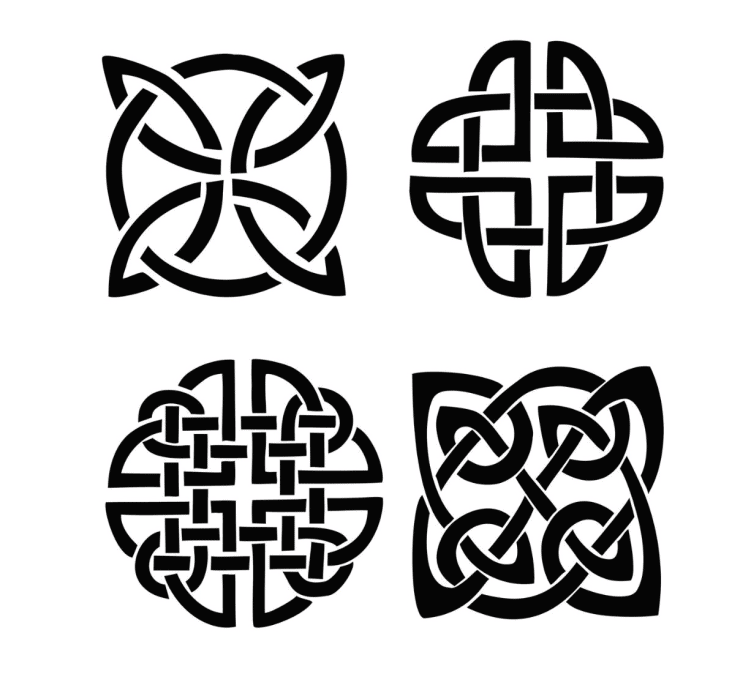
Knots have been a symbol of perseverance for centuries across various cultures. The intricate and complex nature of knots represents the resilience and strength required to overcome challenges and obstacles in life.
The Celtic unending knot symbolizes the interconnection of all things and the cyclical aspect of existence. The Chinese knot symbolizes happiness, health, and long life.
Knots are also used in many religious contexts. The prayer knot is used in Buddhism to represent the interconnectedness of all beings and mindfulness practice.
The prayer knot is made by tying a knot while reciting a prayer or mantra, serving as a reminder to stay focused and determined in one’s spiritual practice.
3. Hammer and Anvil

The hammer and anvil have long been used to symbolize perseverance, representing hard work and determination in adversity.
The anvil, a heavy metal block, represents the challenges and obstacles one may face in life, while the hammer symbolizes the strength and perseverance required to overcome them.
Blacksmiths use the hammer and anvil to symbolize the value of hard labor and training in creating metal objects.
Forging metal is a labor-intensive process that rewards those with patience and fortitude; the hammer and anvil are visual reminders of the value of sticking with a task until it is completed.
4. Arrow
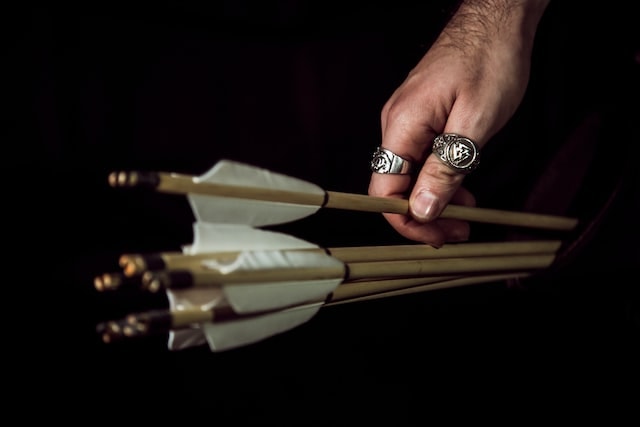
The arrow is a powerful symbol of perseverance, representing the idea of setting a goal and relentlessly pursuing it until it is achieved.
In Native American culture, the arrow is seen as a tool for hunting and survival and a symbol of strength and focus. The arrow symbolizes the ability to stay focused on a goal, no matter how far away it may seem.
While in Hindu mythology, the god Rama is depicted holding a bow and arrow, representing his determination and commitment to his goal of defeating evil forces.
In Greek mythology, the god Apollo is associated with the arrow he uses to strike down his enemies.
The arrow is also a popular symbol in tattoo art, often representing the idea of moving forward and never giving up. The arrow can also serve as a reminder to stay true to oneself and continue on one’s path, no matter the obstacles.
5. Diamond

The diamond is a symbol of perseverance, representing the idea that under pressure, with time and effort, something beautiful and valuable can be created.
The diamond is formed deep beneath the earth’s surface under immense pressure and heat over a long period.
This transformation process is a metaphor for the human experience, where struggles and challenges can ultimately lead to growth and transformation.
Diamonds, in Hindu mythology, are said to have formed from the tears of the gods, symbolizing their great power and purity. Diamonds were thought to have magical properties and were worshiped by the gods in ancient Greece.
6. Pomegranate
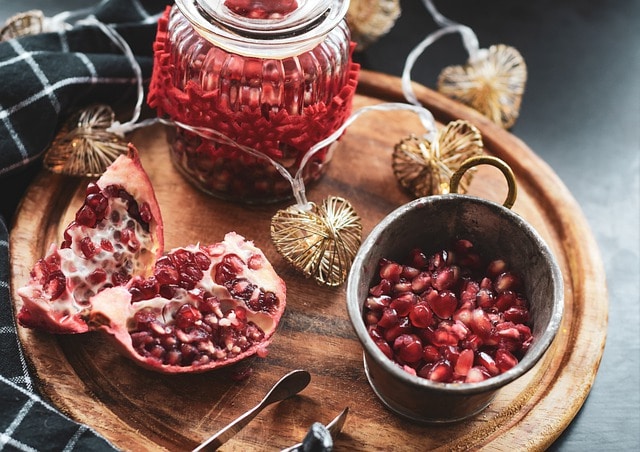
The pomegranate symbolizes perseverance in many cultures, representing the ability to remain steadfast and persevere through difficult times.
In Greek mythology, the pomegranate was associated with the goddess Persephone, who was abducted and taken to the underworld.
Persephone persevered through her time in the underworld, and when she returned to the surface, she was gifted a pomegranate.
In Jewish tradition, the pomegranate is associated with abundance and perseverance. The many seeds within the fruit represent the abundance of blessings that can be obtained through perseverance and hard work.
The pomegranate is also used in Persian culture to symbolize fertility and perseverance. The fruit’s hard exterior and numerous seeds represent the strength and resilience required to succeed and overcome challenges.
7. Elephant

The elephant symbolizes perseverance in many cultures, representing the ability to overcome obstacles and remain steadfast in adversity. In Hindu mythology, the god Ganesha is depicted as an elephant, representing wisdom, intelligence, and perseverance.
In African cultures, elephants are seen as symbols of strength and endurance, able to carry heavy loads and travel long distances without rest.
The elephant’s resilience and determination make it a fitting symbol of perseverance in the face of hardship.
In Chinese culture, the elephant is associated with longevity, strength, and prosperity. The elephant’s ability to endure and overcome obstacles makes it a popular symbol of perseverance in Chinese art and literature.
8. Acanthus
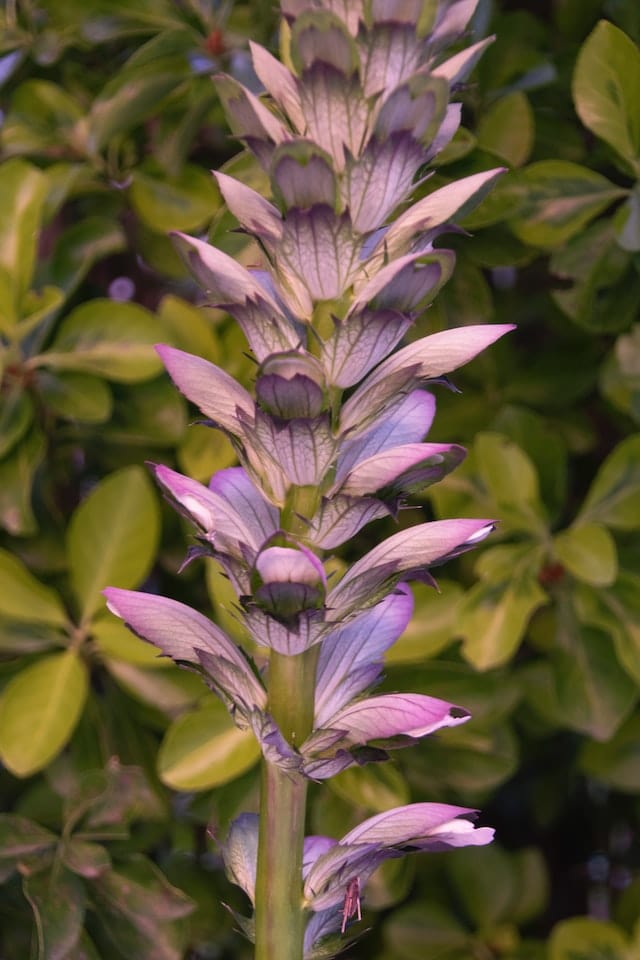
The acanthus is a common plant that grows in various regions around the world. It symbolizes perseverance, representing that beauty can arise from even the harshest environments.
In ancient Greek and Roman architecture, the acanthus leaf was used as a decorative motif, often carved into the tops of columns or used as a border for elaborate designs.
Legend has it that the acanthus leaf was first used in architecture after a young girl in Corinth, Greece died and was buried with a basket of her belongings.
The basket was placed on top of an acanthus plant, and its leaves twisted around it, creating a beautiful pattern.
In Christian art, the acanthus leaf is often used to symbolize the Resurrection, representing the idea that new life can arise from death and decay. The acanthus also symbolizes the persistence of faith and the ability to endure difficult times.
9. Bamboo

Bamboo symbolizes perseverance in many cultures, representing the ability to bend without breaking and overcome obstacles through strength and resilience.
In Chinese culture, bamboo is associated with longevity, strength, and endurance. The plant’s ability to grow quickly and withstand harsh conditions makes it a fitting symbol of perseverance and resilience.
In Japanese culture, bamboo is used as a symbol of honesty, purity, and perseverance. The plant’s straight and upright growth represents the importance of staying true to one’s values and persevering through challenges.
10. Salmon

The salmon is a powerful symbol of perseverance, representing swimming upstream and overcoming obstacles to reach one’s destination.
In Native American culture, the salmon is seen as a symbol of wisdom, determination, and transformation.
The fish’s journey upstream to spawn is a metaphor for the human experience, where perseverance and determination can lead to growth and transformation.
In Celtic culture, the salmon is associated with wisdom, knowledge, and inspiration. According to legend, the Salmon of Knowledge swam in a sacred pool, imparting wisdom to those who caught and ate it.
11. Triskelion
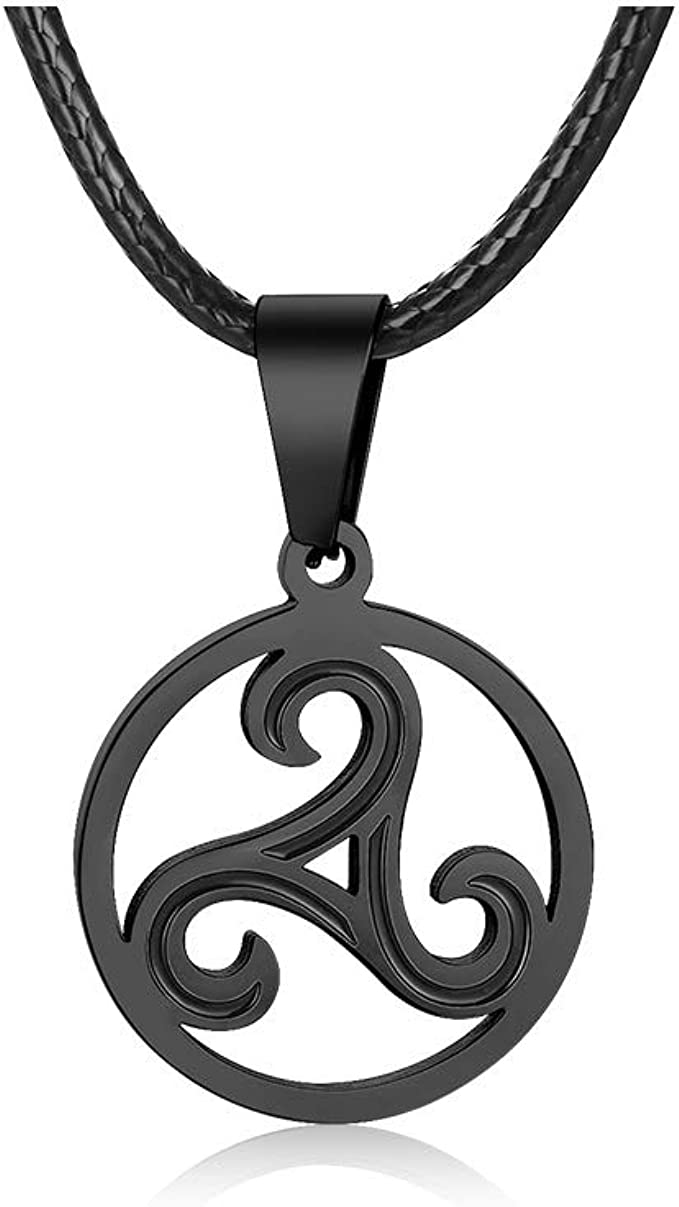
The triskelion symbolizes perseverance, representing the idea of moving forward despite obstacles and challenges. The symbol consists of three spirals, often depicted in a triangular formation, representing the three aspects of human existence: mind, body, and spirit.
The triskelion has been used as a symbol of perseverance in many cultures, including Celtic, Greek, and Buddhist.
In Celtic culture, the triskelion represents the cyclical nature of life and the importance of adapting to change.
In Greek culture, the triskelion is associated with the goddess Hecate, who represents the ability to persevere through darkness and emerge into the light.
12. Lighthouse

The lighthouse is a powerful symbol of perseverance, representing the idea of guiding one’s way through challenging times and overcoming obstacles with determination and resilience.
In maritime culture, lighthouses were essential for guiding ships safely through treacherous waters. The lighthouse’s light serves as a beacon of hope and a reminder to persevere through even the toughest conditions.
The lighthouse is also used as a symbol of perseverance in the context of mental health and well-being. The light represents the strength and resilience required to overcome mental health challenges and emerge into the light of hope and healing.
13. Maori ta moko
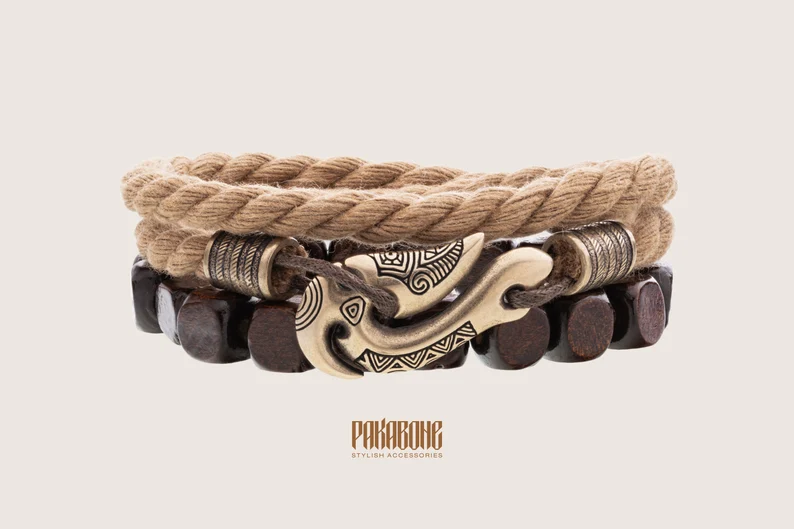
Maori ta moko is a traditional tattooing technique used by the indigenous people of New Zealand, representing the idea of perseverance and endurance.
Ta moko is a sacred art form passed down through generations, with each tattoo representing the wearer’s identity, ancestry, and status.
In Maori culture, receiving a ta moko tattoo is seen as a rite of passage, symbolizing the wearer’s strength, resilience, and ability to endure pain.
The intricate designs and patterns of ta moko serve as a reminder of the wearer’s connection to their ancestors and their ability to persevere through difficult times.
14. Viking helmet
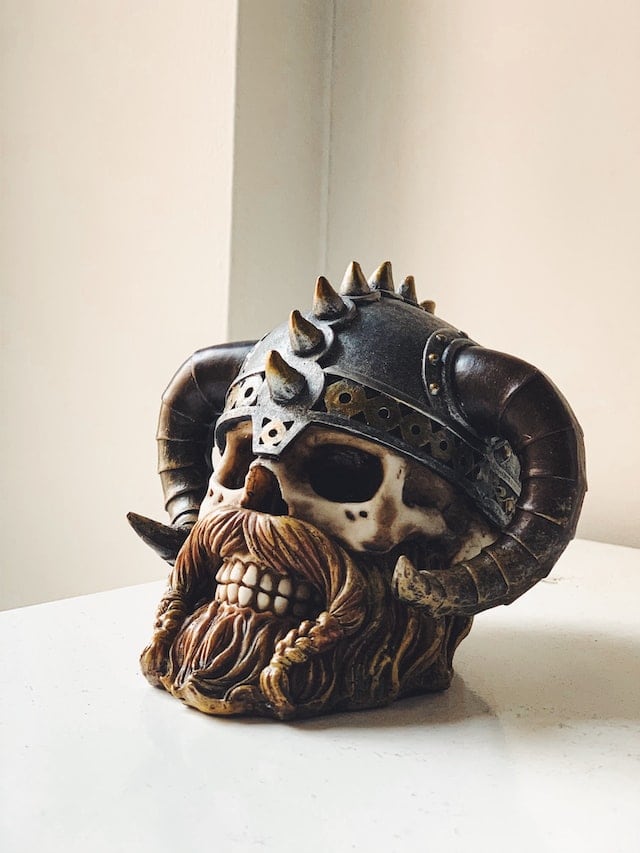
The Viking helmet is a symbol of perseverance, representing the idea of strength, courage, and resilience in the face of adversity. In Viking culture, helmets were worn as a symbol of status and honor and were often adorned with intricate designs and decorations.
The helmet’s imposing appearance and association with Viking warriors serve as a reminder of the importance of strength and perseverance in overcoming obstacles and achieving one’s goals.
In Norse mythology, the god Thor is often depicted wearing a winged helmet, representing his strength and courage in battle.
15. Hindu Aum

The Hindu Aum symbol is a powerful symbol of perseverance, representing unity, harmony, and the endurance of the human spirit. The Aum symbol consists of three curves, a semicircle, and a dot, representing the past, present, and future, as well as the cycle of life, death, and rebirth.
In Hindu culture, the Aum symbol is associated with the divine and is often used in meditation and spiritual practice. The symbol serves as a reminder of the importance of staying connected to one’s spiritual nature and persevering through difficult times with the help of the divine.
The Aum symbol has also been adopted by other spiritual traditions, including Buddhism and Jainism. In Buddhism, the Aum symbol is associated with achieving enlightenment through perseverance and self-discovery, while in Jainism, the symbol represents overcoming obstacles through spiritual practice and self-discipline.
16. Aztec sunstone
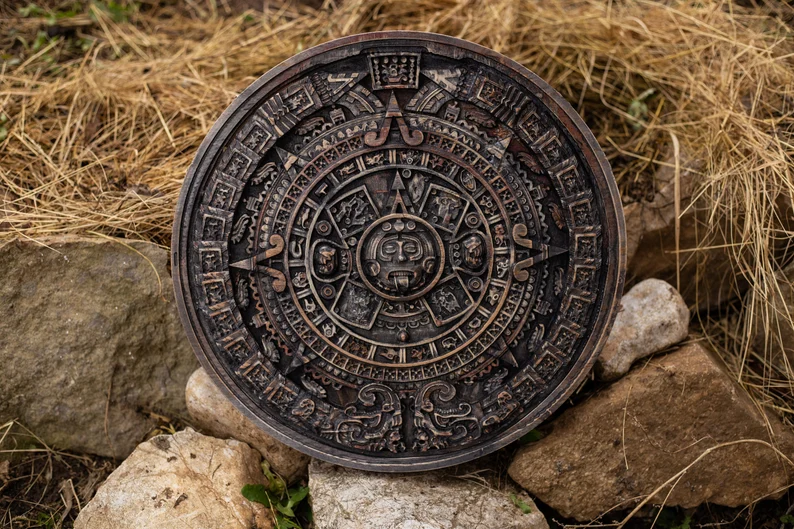
The Aztec sunstone is a powerful symbol of perseverance, representing the idea of transformation and renewal.
The sunstone, also known as the calendar stone, was created by the Aztecs in the 15th century and depicted the sun god Tonatiuh at the center of the stone, surrounded by images of other deities and symbols of the Aztec calendar.
In Aztec culture, the sunstone was used as a symbol of the cycles of life and death, with Tonatiuh representing the idea of transformation and rebirth.
The sunstone also served as a reminder of the importance of perseverance and resilience, as the Aztecs believed that one could achieve greatness and transcendence through perseverance and sacrifice.
17. Aboriginal dot painting

Aboriginal dot painting is a powerful symbol of perseverance, representing the idea of cultural resilience and the enduring nature of indigenous traditions.
The dot painting technique uses small dots of paint to create intricate patterns and designs, each representing a unique aspect of the artist’s cultural heritage and identity.
In Aboriginal culture, dot painting serves to preserve and transmit cultural knowledge and history from generation to generation.
The technique also symbolizes cultural resistance and perseverance as indigenous peoples maintain their traditions and identity in the face of ongoing colonization and oppression.
18. Turkish evil eye
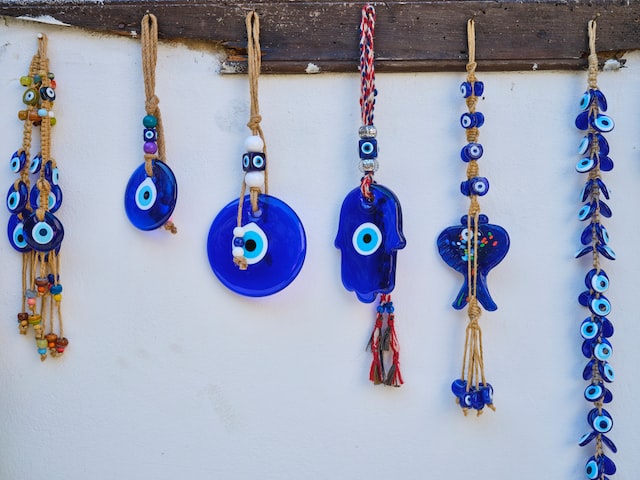
The Turkish evil eye, also known as the Nazar, is a powerful symbol of perseverance, representing the ability to ward off negative energy and persevere through difficult times.
The Nazar is a blue glass bead with a white or yellow center, often decorated with intricate patterns and designs.
In Turkish culture, the Nazar is believed to protect against the evil eye, a malevolent gaze that can cause harm and misfortune. The symbol serves as a reminder of the importance of staying strong and persevering in the face of negative energy.
The Nazar has also been adopted by other cultures in the Mediterranean and Middle East, serving a similar purpose as a protective symbol.
19. Hebrew chai
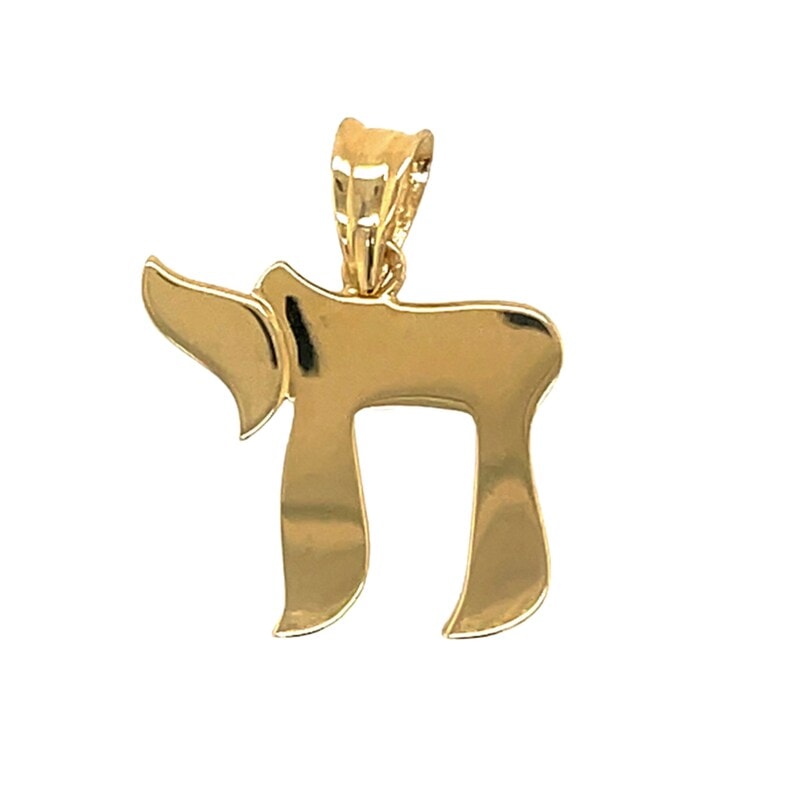
The Hebrew word “chai” is a powerful symbol of perseverance, representing life and vitality in adversity. The word chai comprises two Hebrew letters, chet, and you, which together form the word for “living.”
In Jewish culture, chai is often used as a symbol of good luck and blessing, with the number 18 (equivalent to the numerical value of the letters chet and yod) considered a lucky number.
The symbol reminds us of the importance of staying resilient and persevering through difficult times, even when the odds seem stacked against us.
The chai symbol has also been adopted by other cultures as a symbol of perseverance and resilience. Many artists use the symbol to explore life, vitality, and endurance themes.
Wrapping Up
These 19 symbols of perseverance remind us of the strength and resilience within us all. From the smallest seed to the mightiest mountain, these symbols remind us that we all have the power to overcome obstacles and push through challenges.
So next time you feel discouraged, remember these 19 symbols and draw on their strength and resilience to keep moving forward.
With perseverance and determination, anything is possible. Keep pushing, keep growing, and keep transforming yourself into the best version of yourself.
Similar Articles:
12 Powerful Symbols of Trust and Loyalty And What They Mean
10 Powerful Symbols of Victory and What They Mean






